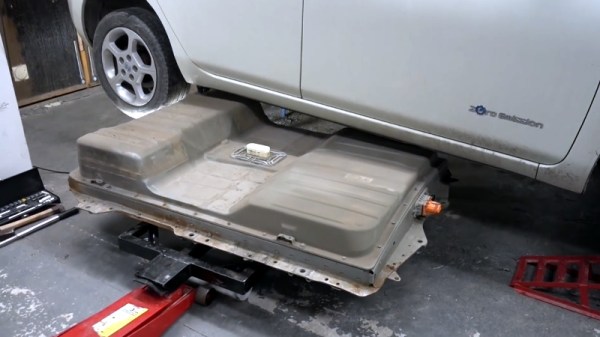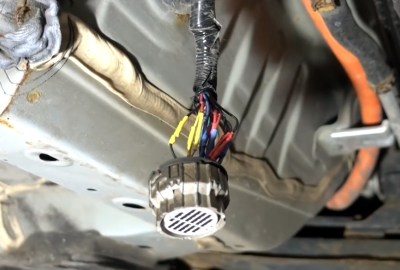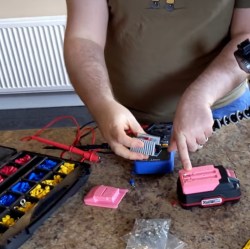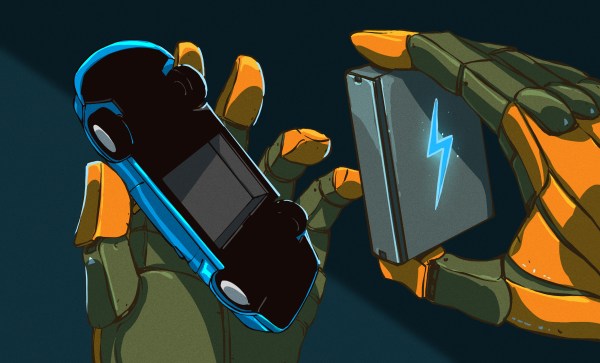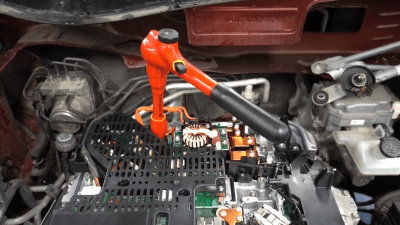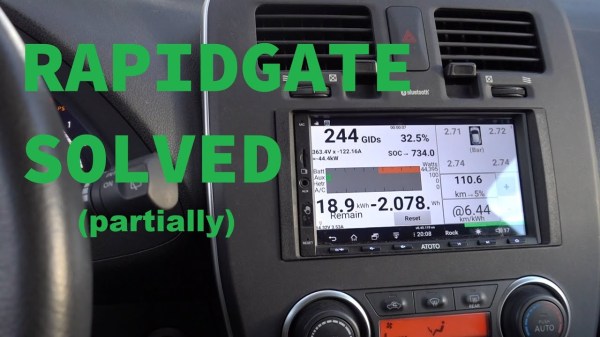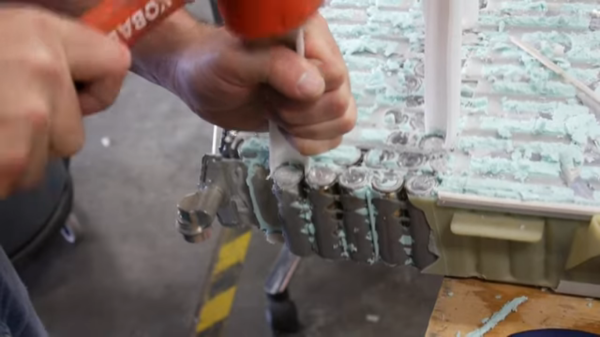Batteries wear out. If you are an electric vehicle enthusiast, it’s a certainty that at some time in your not-too-distant future there will be a point at which your vehicle’s batteries have reached the end of their lives and will need to be replaced. If you have bought a new electric vehicle the chances are that you will be signed up to a leasing deal with the manufacturer which will take care of this replacement, but if you have an older vehicle this is likely to be an expensive moment.
Fortunately there is a tempting solution. As an increasing number of electric vehicles from large manufacturers appear on our roads, a corresponding number of them have become available on the scrap market from accident damage. It is thus not impossible to secure a fairly new lithium-ion battery pack from a modern electric car, and for a significantly lower price than you would pay for new cells. As always though, there is a snag. Such packs are designed only for the cars they came with, and have proprietary connectors and protocols with which they communicate with their host vehicle. Fitting them to another car is thus not a task for the faint hearted.
Hackaday reader [Wolf] has an electric truck, a Solectria E10. It has a set of elderly lead-acid batteries and would benefit hugely from an upgrade to lithium-ion. He secured a battery pack from a 2013 Nissan Leaf electric car, and he set about reverse engineering its battery management system (BMS). The Solectria will use a different battery configuration from the Leaf, so while he would like to use the Leaf’s BMS, he has had to reverse engineer its protocols so that he can replace its Nissan microcontroller with one of his own.
His description of the reverse engineering process is lengthy and detailed, and with its many photos and videos is well worth a read. He employs some clever techniques, such as making his own hardware simulation of a Li-ion cell so that he can supply the BMS known values that he can then sniff from the serial data stream.
We’ve covered quite a few EV batteries here at Hackaday. Quite recently we even covered another truck conversion using Leaf batteries, and last year we featured a Leaf battery teardown. We’ve not restricted ourselves to Nissan though, for example here’s a similar process with a Tesla Model S pack.


